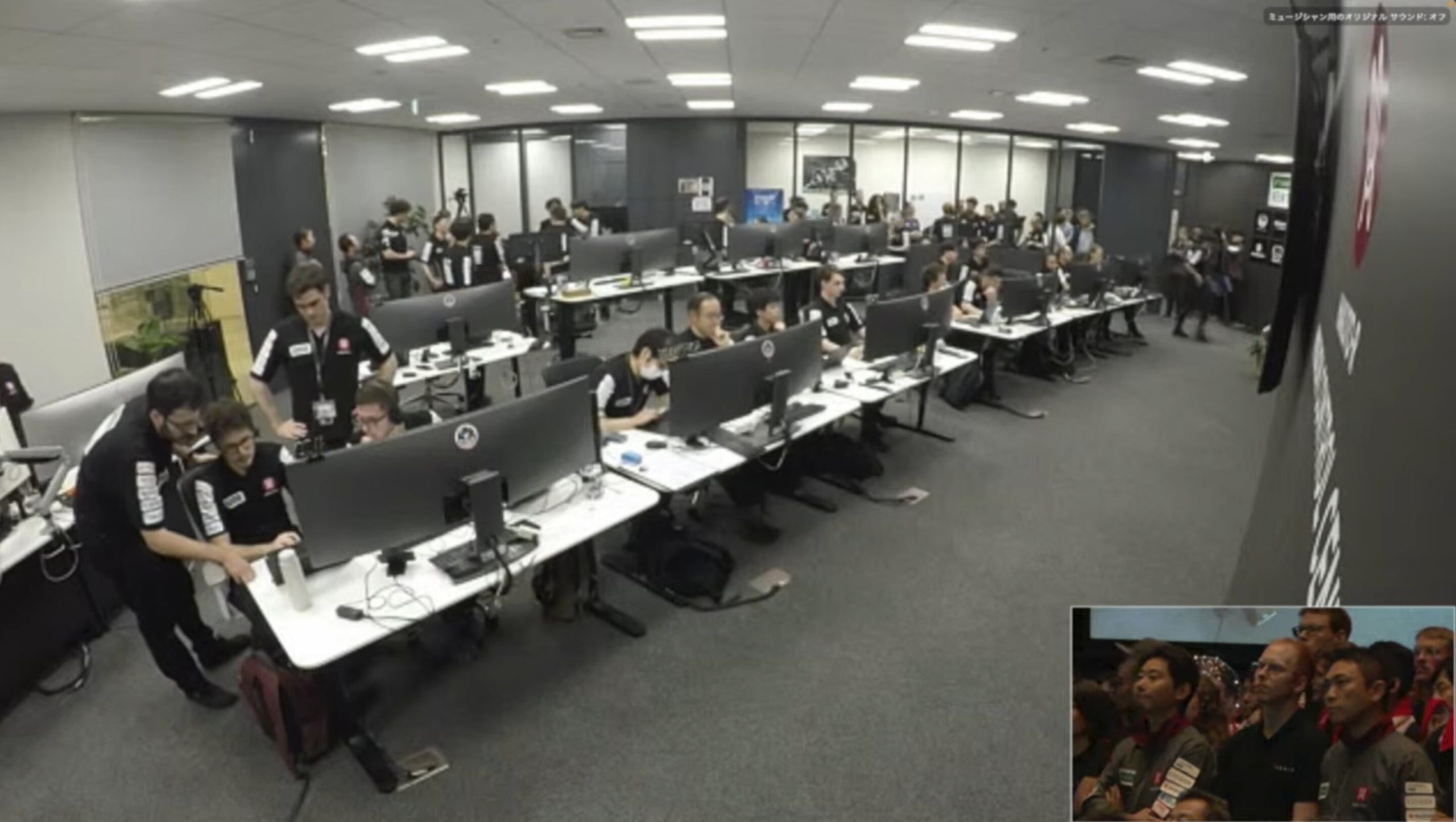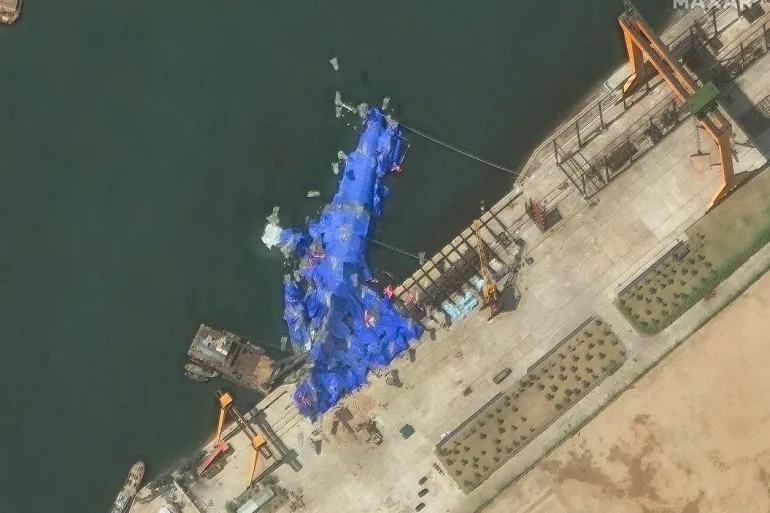Sending a spacecraft to the moon is still not easy — even for one of the world’s most advanced countries. On June 6, Tokyo-based ispace confirmed that its lunar lander, Resilience, crashed during its final descent. It was Japan’s second failed attempt to land on the moon, a major blow for the country’s private space sector.
The lander lost contact just moments before touchdown. Later analysis showed a problem with the altitude sensors. They failed to detect how close the lander was to the surface, causing it to crash instead of slowing down properly.
“This is the second time we couldn’t land. We have to take this seriously,” said Takeshi Hakamada, CEO of ispace, at a press conference in Tokyo. “But we will not give up.”
This mission cost less than the $100 million spent on ispace’s first attempt in 2023, but it’s still a major investment — and now, another major failure. The goal was to land on the moon, deploy a small rover, and even place a symbolic art piece. None of that happened.
According to NASA and JAXA, only a few countries and companies have successfully soft-landed on the moon: the U.S., China, India, and most recently, a private U.S. company. Japan wants to join that club — but for now, it’s falling behind.
The bigger question: can private space companies survive such expensive failures? Investors might start asking tough questions. And for Japan, this raises concern over whether relying on private firms to lead lunar exploration is the right call.


